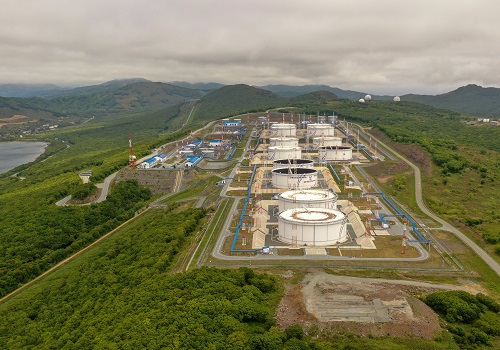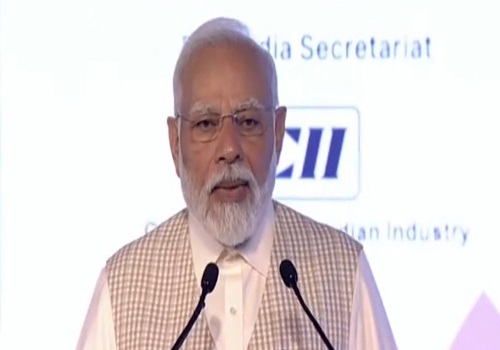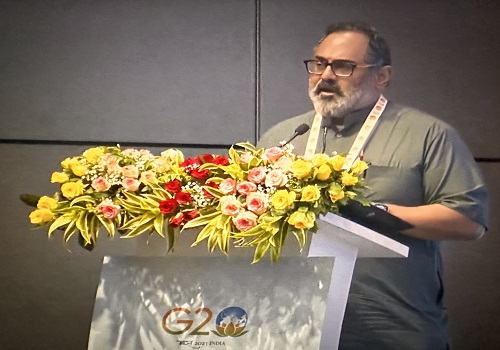Strength of domestic demand works for economy, India poised to sustain growth momentum
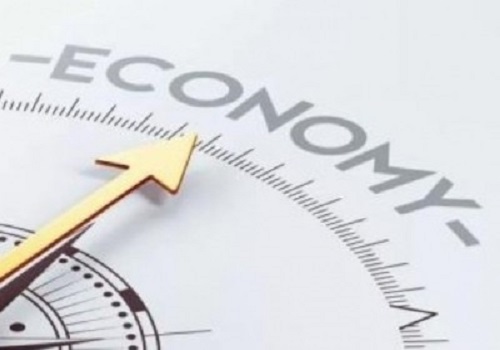
The country’s impressive growth experienced in 2022-23, when the world economy was rocked by inflation and restrained by monetary tightening, is a narrative on what works for the Indian economy, and what clearly works is the strength of its domestic demand.
This is the assessment of the annual Economic Review for 2022-23, released by the Finance Ministry on Thursday.
"Strong balance sheets and digital advancements could lead to better credit decisions allowing India’s financial cycle to sustain for longer periods before encountering the challenge of bad debts. Thus, India appears poised to sustain its growth in a more durable way than before," the Review stated.
The provisional GDP estimates for 2022-23 released in May were higher than the consensus estimate, it said.
"A strong final quarter performance pushed the GDP growth for the full year to 7.2 per cent, higher than the 7 per cent estimated in February. This upside to the growth estimate takes the growth momentum deep into the current year," the Review noted.
It further emphasised that several forecasting agencies also share optimism about India's growth story as they have revised their growth estimates for the current fiscal upwards.
"The latest evidence also does not indicate any slowing of activity in the first two months of the current year. India is the fastest-growing major economy, is now no longer only a statistical fact," the document informed.
The Review said that inflation emerged as the major challenge in 2022-23 for India as it did for the rest of the world following the emergence of the geopolitical conflict and the impact of El Nino.
"The world over, policy measures to mitigate inflation were broadly similar-monetary tightening by the central banks and supply easing by the governments. What, however, worked for India was the country’s inflation breaching the target to a lesser extent as compared to the groups of emerging market economies (EMEs) and advanced economies (AEs). This happened as the average inflation in 2022-23 was lower in India than in the groups of EMEs and AEs, possibly owing to greater supply easing in the country," it explained.
As a result of this, the RBI did not have to increase the policy rates as much as the central banks of other countries did.
"As the year-end approached, the declining international prices of commodities led to a steep decline in India’s wholesale price inflation. The pass-through to the retail level took some time, but before the year-end, headline inflation in India entered the target range. Core inflation, however, remained sticky but started to decline from March 2023 onwards," the Review said.
The pandemic had struck at its roots to cause an unprecedented contraction of output in 2020-21.
"The domestic demand has, however, recovered since then and moved from strength to strength in 2022-23. In the process, it enabled a near convergence of the pre- and post-pandemic quarterly growth trajectories," the assessment report said.
Stated simply, 2022-23 has brought the economy to a touching distance of the quarterly output it would have otherwise achieved in the absence of the pandemic.
Post-pandemic quarterly trajectories of consumption and investment have already crossed their pre-pandemic paths. However the report said that net exports need to cover some more ground as external demand did not work for India’s economy in the second half of 2022-23 as well as it did in the first half.
"When external demand starts to work, the pre-and post-pandemic trajectories of real GDP will also converge. The supply side served well the demand side in 2022-23," it said.
The agriculture sector registered a twelve-quarter record high growth rate in the last quarter. It rebounded in the fourth quarter, driven by manufacturing.
"The year-end saw the contact-intensive services sector fully recovering to its pre-pandemic expanse and depth. Rising employment levels further worked for India as it increased inclusivity and strengthened domestic demand," the report added.
On employment front, the Labour Force Participation Rate (LFPR) in India rose through the pandemic in line with the pre-pandemic trend.
The overall unemployment rate declined to a five-year low of 4.1 per cent in 2021-22, raising with it the worker-population ratio.
More recently, in 2022-23, the urban unemployment rate declined in each quarter, reflecting steady growth in employment levels in the country. Growing employment levels, in part, have been an outcome of several policy measures implemented over the last few years.
These measures strengthened the corporate sector, supported small enterprises, improved the ease of doing business, and attracted foreign capital to increase the employment generation capacity of the economy.
As these measures deepened after the outbreak of the pandemic, they reflected the now-vindicated understanding that only growth reforms would have worked for India in supporting economic recovery, the review explained.
On the financial services front, the report said that an increase in repo rates worked for India, enabling a 40-45 per cent of transmission in lending and deposit rates by the end of 2022-23. This, coupled with fiscal and administrative measures by the government, has been adequate to ease inflation down into the target range while ensuring that domestic demand is not crushed.
Consequently, the growth of credit rose in 2022-23, feeding the elevated demand. High growth in credit contributed to increasing the profitability of banks whose bottom lines were already improving with the declining gross non-performing assets (GNPA) ratio.
The developments in the merchandise and services trade helped the current account deficit (CAD) to narrow quickly towards the end of 2022-23, in part assisted by high levels of remittances, the review said.
Reducing CAD worked for the economy as it saved resources for strengthening domestic demand.
"Besides a smaller CAD, net FDI inflows and smaller FPI outflows led to a year-end forex reserve worth ten months of imports. The year 2022-23 closed with India becoming the fifth largest forex reserve holder in the world, a cushion that contributed to orderly adjustment of the rupee with lower volatility relative to many EMEs and AEs," it said.
"A critical cog in the wheel of economic growth in 2022-23 was the disciplined fiscal stance of the Central government. The year ended with a lower fiscal deficit (as per cent of GDP) compared to the previous year. Yet, the government could cut duties and increase welfare spending to alleviate stress from inflation. The government could also maintain its enhanced provision for capital expenditure, which is now leading to the crowding-in of private investment.
"While revenue buoyancy helped in meeting the budgeted fiscal deficit ratio to GDP, rationalising revenue expenditure was key to maintaining a disciplined fiscal stance. The Indian economy has carried the momentum from 2022-23 into the current fiscal year," it noted.
High-frequency indicators paint a healthy picture of the state of the economy. Urban demand conditions remain resilient, with higher growth in auto sales, fuel consumption and UPI transactions.





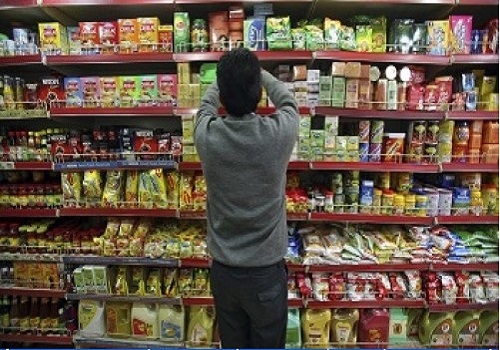
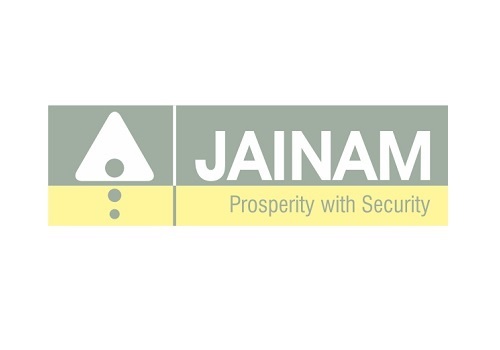

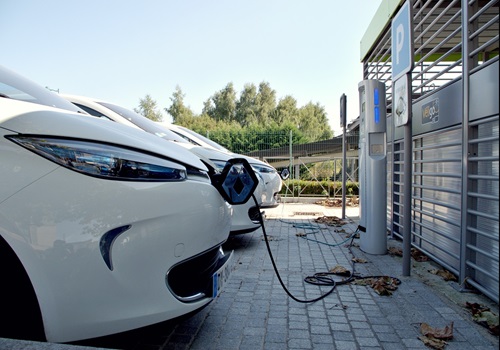

Tag News

Monthly Debt Market Update, September 2023: CareEdge Ratings







